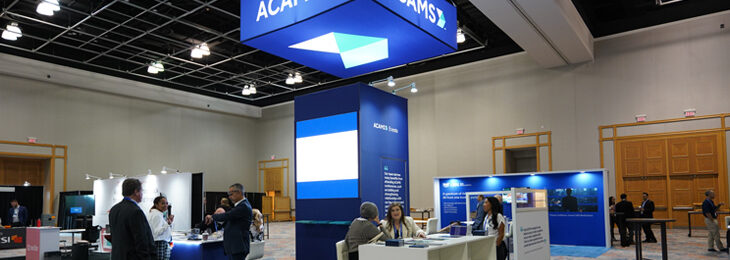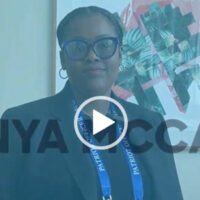
Charles Falciglia is a long-standing member of the ACAMS Editorial Task Force (ETF). Since joining the ETF in 2006, his participation and contributions to the ACAMS publications have been significant. Through his two-year tenure as the ETF chair from 2009 to 2011, Falciglia led by example submitting 25 articles for publication in the ACAMS Today magazine. He has covered a wide variety of financial crime topics and has always added a unique perspective to all his articles.
Falciglia has been in banking for 34 years in a variety of management positions from BSA compliance and collections, to consumer and mortgage lending and operations. On Election Day, November 8, 2011, Falciglia won election as a Trustee in Suffern/Ramapo, New York in his first attempt at elected office. He recorded the largest disparity vote (difference between party registration and total electorate) victory, 77 percent for the 71 elections held that day in Rockland County, New York.
ACAMS Today had a chance to interview Falciglia and to see from where his writing inspirations stems.
ACAMS Today: As a member of the ACAMS editorial task force, what was your favorite article you wrote for the ACAMS Today and why?
Charles Falciglia: Without a doubt it’s The Retaliation Factor, published in the December 2010-February 2011 issue. The article explores the potential pressure and decisions a BSA officer can face from superiors when investigating a high-ranking insider or customer. The pressure can be subtle or overt, designed to influence a decision, possibly leading to retaliation disguised under some other pretext.
AT: In your compliance career what were some of the key techniques that helped you detect financial crimes?
CF: I can’t say that I have any special techniques that are not used industry wide. I do use a (client contact) letter on a selective basis to attempt to obtain information. If the opportunity presents itself to speak with someone under review, I use the law enforcement technique that’s been used since the beginning of time of asking seemingly unrelated innocuous questions. For example, I once suspected someone of participating in a conduit contribution scheme. That’s when someone fronts for a political donation in order to conceal the source. This person had made an extremely large donation to a well-known elected official, well out of character for his circumstances. I worked a question into the conversation about that official and he had no idea who I was talking about.
I also look for patterns of consumer purchases. When someone asks me what is the most unusual reason I ever had for filing a SAR, my answer is grocery shopping. When a single man, running a business fueled by newly unskilled immigrant labor, uses his debit card for $6,000.00 worth of food every month it certainly raises multiple suspicions.
AT: How has being a member of ACAMS been beneficial to you in your career?
CF: The sheer volume of information available, which includes the questions and answers of those on the front lines through the forum posts, gives you one-stop shopping for everything you need. The information is global and current.
AT: What would you consider is your greatest AML/CFT accomplishment?
CF: After 9/11, compliance professionals were afraid to approach a customer regarding suspicious activity out of fear of tipping him off, afraid to stop filing SARs or closing the account and frustrated by not knowing what was going on behind the scenes. All the while we would fight a battle in our own mind of whether the activity was really SAR worthy. All that was needed in many cases was an explanation from the customer to determine your next move. So I came up with the idea of sending a letter to the customer asking for just that, an explanation of their activity. The article, Suspicious Activity — Go Straight to the Source, published in the November/December 2007 edition, was about the letter. The article won the ACAMS Today Article of the Year Award and was positively received. The letter was orchestrated in such a way to strike the right balance between the financial institutions regulatory responsibility and being accusatorial. The key ingredient, however, is still the same. The BSA officer has to be savvy enough to know under what circumstances to send the letter. For example, if you were certain someone was laundering drug proceeds you would not send a letter.
AT: You have written several articles on political corruption and campaign finance schemes. How do you feel about now being a PEP?
CF: It’s somewhat of a conundrum. At a financial institution most of the information you have on PEPs is from financial records, which leads you to your suspicions and conspiracy theories. Being an elected official allows you to be privy to backroom discussions and innuendo, but not the personal financial records of those you serve with, similarly leading you to your own suspicions and conspiracy theories. So unless you’re the BSA officer at the financial institution your colleagues bank at — how interesting would that be — never the twain shall meet. In one role you file a SAR, in the other you go to the board of elections or district attorney. So far I’m glad to report that no one has tried to bribe me or involve me in some crooked scheme.










